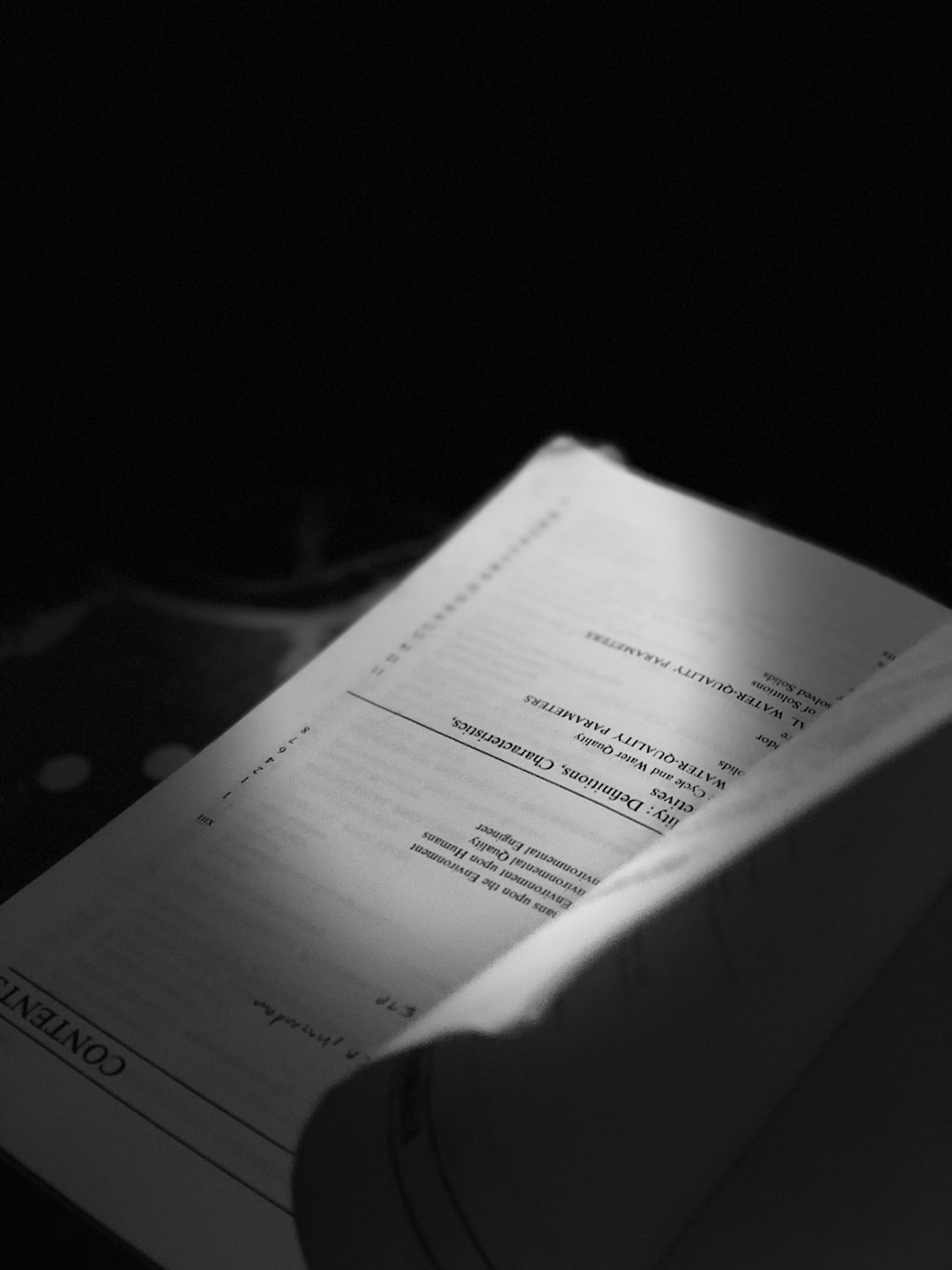The Fourth Amendment of the United States Constitution is a vital safeguard of individual privacy rights and protection against unreasonable searches and seizures. This essential amendment, ratified in 1791, has profound implications for law enforcement practices and the balance of power between the government and its citizens.
The Fourth Amendment states: “The right of the people to be secure in their persons, houses, papers, and effects, against unreasonable searches and seizures, shall not be violated, and no Warrants shall issue, but upon probable cause, supported by Oath or affirmation, and particularly describing the place to be searched, and the persons or things to be seized.”
Analyzing this amendment allows us to understand the principles of search and seizure law in the United States. It establishes that individuals have a right to be secure in their persons and property and that searches and seizures must be reasonable to be considered lawful.
What constitutes a reasonable search or seizure? The United States Supreme Court has provided guidance on this matter through various landmark decisions. One such case, Terry v. Ohio (1968), established the concept of “reasonable suspicion,” allowing officers to briefly detain individuals if they have reasonable belief that criminal activity is occurring. However, this does not permit a full search and seizure; rather, it is a limited intrusion intended to protect public safety.
In order for law enforcement to conduct a full search and seizure, they must obtain a warrant. The warrant must be issued by a judge and supported by probable cause, specific enough to describe the place to be searched and the items or individuals to be seized. This requirement ensures that government officials cannot indiscriminately invade people’s privacy without sufficient justification.
However, some exceptions to the warrant requirement exist. One notable exception is the “exigent circumstances” rule, which allows law enforcement to bypass the warrant requirement if there is an immediate danger or the potential for evidence to be destroyed. Another exception is the “plain view” doctrine, which permits officers to seize evidence that is in plain sight during a lawful search.
In recent years, technological advancements have presented new challenges to the Fourth Amendment. The proliferation of cell phones, for example, has sparked debates about the extent to which law enforcement can access digital information. The Supreme Court addressed this issue in Riley v. California (2014), ruling that a warrant is generally required to search the contents of a cell phone.
Analyzing the Fourth Amendment and its accompanying search and seizure laws is crucial in upholding civil liberties and ensuring that law enforcement respects the rights of individuals. While balancing the needs of public safety against the right to privacy can be challenging, the Fourth Amendment acts as a crucial check on government power and serves as a reminder of the importance of individual freedom and protection from unreasonable searches and seizures.
